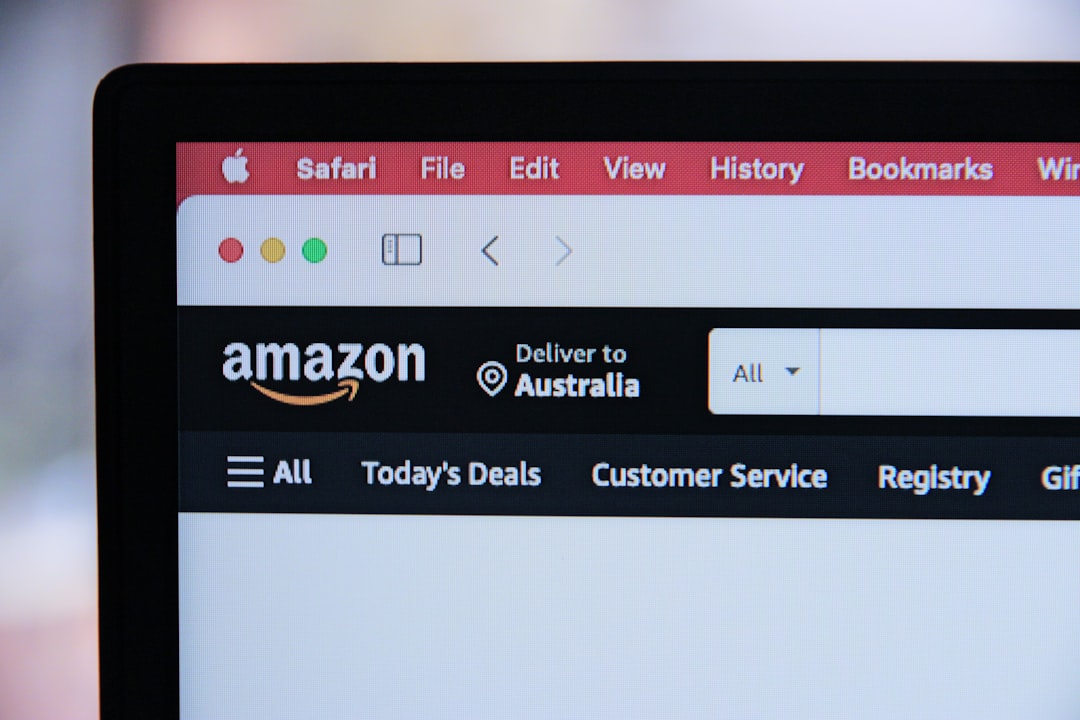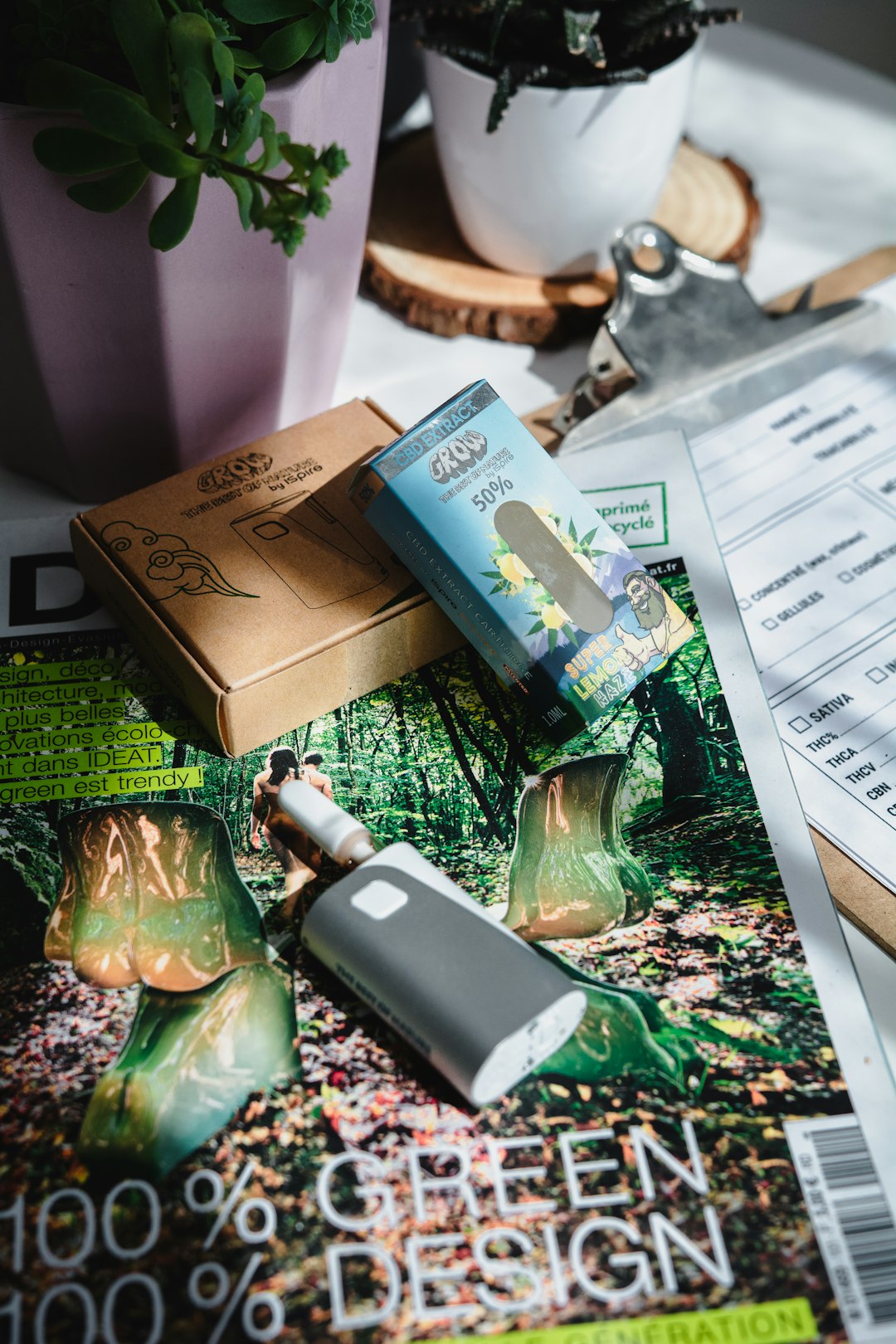If you’re new to Amazon FBA wholesale in 2025, you’re stepping into one of the most lucrative business models for e-commerce sellers this year. Unlike retail arbitrage or private label selling, wholesale involves purchasing branded products in bulk from authorized distributors or manufacturers and reselling them on Amazon at a profit. It’s a more scalable and sustainable approach, ideal for entrepreneurs looking for long-term success with less customer service burden.
What Is Amazon FBA Wholesale?
Amazon’s FBA (Fulfilled By Amazon) program allows sellers to store products in Amazon warehouses. Once a customer places an order, Amazon handles storage, packaging, shipping, customer service, and even returns. With the wholesale model, you’re not creating your own brand; instead, you’re selling established products that already have consistent demand. Efficient operations in these warehouses often rely on advanced MHE warehouse solutions to manage inventory and streamline order fulfillment.
Here’s a step-by-step breakdown to help you get started with Amazon FBA wholesale in 2025:
Step 1: Create a Professional Seller Account
To sell wholesale on Amazon, you must sign up for a Professional Seller Account. Unlike the individual plan, the professional plan costs $39.99 per month but provides access to crucial selling tools, including bulk listing and Amazon’s Buy Box eligibility.
Follow these basic steps:
- Go to Amazon Seller Central
- Register your business
- Provide tax and banking information
Step 2: Research Profitable Products
Choosing the right products is critical. You’re looking for high-demand, low-competition items that are already being sold on Amazon. Use tools like:
- Jungle Scout
- Helium 10
- Keepa (for tracking price and sales history)
Criteria to focus on:
- Ranked under 100,000 in its category
- At least 3 sellers on the listing (not just Amazon)
- A positive history of sales and stable retail pricing

Step 3: Find and Contact Wholesalers
Once you’ve zeroed in on products, it’s time to locate the distributors or manufacturers who can supply them. Important factors to consider are:
- The distributor must be authorized to sell the brand
- They should provide invoices that meet Amazon’s guidelines
- Minimum order quantities (MOQs) within your budget
Places to find suppliers:
- Trade shows
- Online wholesale directories (like Thomasnet or Worldwide Brands)
- Contacting brands directly through their official website
Step 4: Open Wholesale Accounts
You’ll need to apply for a wholesale account with the distributor, which generally includes:
- Resale certificate or business license
- EIN (Employer Identification Number)
- Business contact details
Once approved, ask for a product catalog and pricing sheet. Compare wholesale prices to current Amazon prices to ensure profitable margins after FBA fees.
Step 5: Place Your First Order
Start small—place a test order to validate sales performance. Ensure the products are brand new and in retail packaging. You can either have items shipped directly to Amazon’s fulfillment center or prep them at your location first, depending on FBA requirements. If you choose to handle prep in-house, having the right warehouse equipment—like barcode scanners, pallet jacks, and packing stations—can significantly streamline the process and reduce errors. In some cases, businesses also benefit from retail software development to better manage inventory and streamline operations.
Step 6: Create Your Listings or Add to Existing Ones
Most wholesale products already have ASINs (Amazon Standard Identification Numbers), so you won’t need to create new listings. Simply:
- Search the ASIN in Seller Central
- Click “Sell this product”
- Enter pricing, quantity, and shipping information
Make sure your price is competitive. Becoming eligible for the Buy Box is key to higher sales.
Step 7: Ship to Amazon FBA and Start Selling
Use Amazon’s FBA shipment plan to prepare your inventory for shipment. Pay attention to label requirements, packaging standards, and carrier preferences. Once stocked, Amazon will handle the rest—so you can focus on scaling your business.
Bonus Tip: Track Performance and Replenish Strategically
Use Amazon’s Seller Central dashboard or third-party tools to monitor sales, expense, and profit metrics. Reorder inventory based on bestsellers and seasonal patterns. Continuously analyze and optimize your product portfolio.
Final Thoughts
Wholesale selling on Amazon FBA in 2025 offers a powerful opportunity to build a sustainable online business with lower risk than other models. By leveraging brand recognition, marketplace reach, and Amazon’s logistics infrastructure, you can start generating consistent revenue in just a few months.
Remember: This is not a get-rich-quick scheme. It takes patience, calculation, and relationship-building with suppliers. But for aspiring entrepreneurs ready to commit, the results can be life-changing.
Happy selling!
 logo
logo


